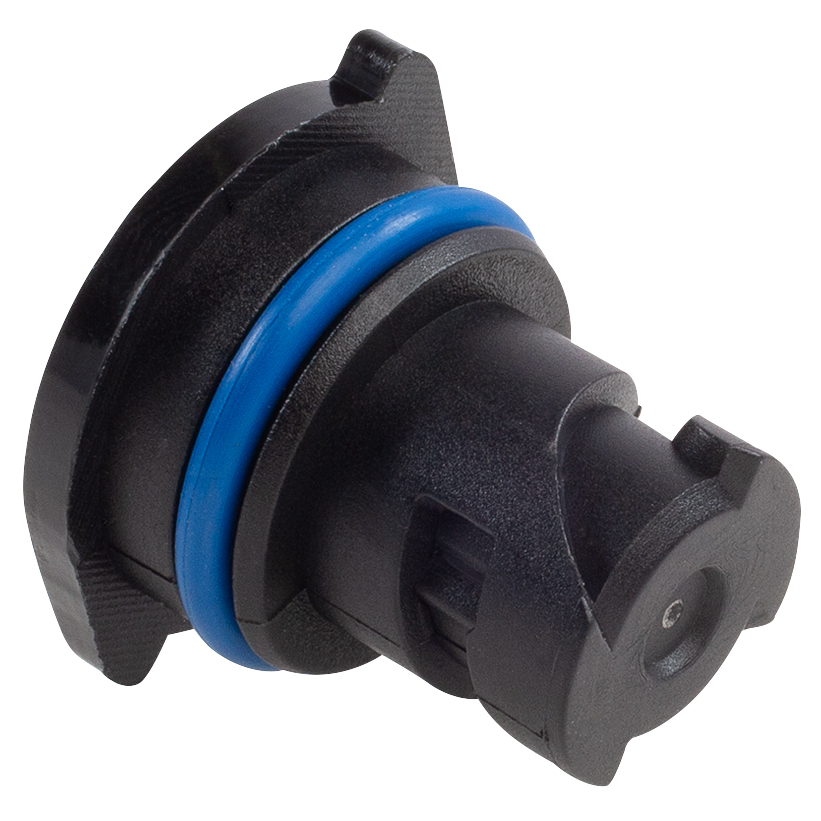Rudder Shaft Support Bearing for Enhanced Marine Vessel Performance and Stability
Understanding Rudder Shaft Bearings An Essential Component for Marine Vessels
Rudder shaft bearings play a crucial role in the overall functionality and performance of marine vessels. These components are essential for ensuring smooth operation of the rudder system, which is vital for steering and maneuverability. This article will delve into the importance, types, maintenance, and the future of rudder shaft bearings.
What is a Rudder Shaft Bearing?
A rudder shaft bearing is a specialized support that facilitates the rotation of the rudder shaft. The rudder shaft connects the steering mechanism—typically a wheel or joystick—to the rudder itself, which is the underwater appendage that directs the vessel's movement. Essentially, rudder shaft bearings reduce friction during the movement of the rudder shaft and provide stability, which is essential for effective steering control.
Importance of Rudder Shaft Bearings
The importance of rudder shaft bearings cannot be overstated. They are subjected to harsh marine environments, where they experience not only the forces of the sea but also the wear and tear from continuous movement. These bearings ensure that the rudder operates without excessive friction, which can lead to increased wear on the bearing and rudder shaft, as well as higher fuel consumption due to inefficiencies in steering.
In addition to reducing friction, rudder shaft bearings also provide alignment for the rudder shaft. Proper alignment is crucial, as misalignment can lead to increased stress on the components and can significantly reduce the lifespan of the rudder system. Furthermore, these bearings contribute to the overall reliability and safety of a marine vessel, ensuring that the rudder can respond effectively to changes in direction without delay.
Types of Rudder Shaft Bearings
Rudder shaft bearings come in various types, each designed for specific applications. The most common types include
1. Plain Bearings These are the simplest type and are often made from materials such as bronze or composite materials. They provide a low-friction surface for the rudder shaft to rotate against.
2. Roller Bearings These bearings utilize rolling elements to reduce friction further. They are often used in applications where there are higher loads.
3. Self-Lubricating Bearings These advanced bearings incorporate materials that provide lubrication automatically, reducing maintenance needs significantly.
4. Thrust Bearings In some designs, thrust bearings are integrated to handle axial loads, providing additional support to the rudder shaft during operation.
rudder shaft bearing

Choosing the appropriate type of rudder shaft bearing is critical for optimizing performance and durability, given the specific conditions and operational requirements of the vessel.
Maintenance of Rudder Shaft Bearings
Regular maintenance of rudder shaft bearings is essential to ensure their longevity and efficient operation. Common maintenance practices include
- Lubrication Depending on the bearing type, regular lubrication is necessary to minimize friction and prevent wear.
- Inspection Periodic inspections should be conducted to check for signs of wear, corrosion, or misalignment.
- Cleaning Keeping the bearing area clean from debris, marine growth, and contaminants is vital for smooth operation.
- Alignment Checks Ensuring that the rudder shaft remains properly aligned can help avoid excessive strain on the bearings.
Neglecting these maintenance practices can lead to costly repairs, reduced efficiency, and potentially dangerous situations at sea.
The Future of Rudder Shaft Bearings
As marine technology continues to advance, the design and materials used in rudder shaft bearings are also evolving. There is a growing trend towards using advanced composite materials that are both lightweight and resistant to corrosion. Smart technology is also making its way into this field, with sensors being integrated into bearing systems to monitor conditions in real time.
In addition, there is an increasing emphasis on sustainability within the maritime industry, leading to the development of environmentally friendly materials and practices in the manufacturing and maintenance of rudder shaft bearings.
Conclusion
Rudder shaft bearings are a vital component of marine vessels, contributing to steering control, performance, and safety. Understanding their importance, types, and maintenance requirements is essential for vessel operators and manufacturers alike. With ongoing advancements in technology and materials, the future of rudder shaft bearings looks promising, aimed at enhancing the efficiency, reliability, and sustainability of maritime operations.
-
Understanding the Front Main Engine Seal: Purpose, Maintenance, and Installation
News Jul.29,2025
-
Understanding O-Rings and Seal Rings: Types, Applications, and Custom Solutions
News Jul.29,2025
-
Understanding Crankshaft Oil Seals: Rear Seals, Pulley Seals, and Their Role in Engine Integrity
News Jul.29,2025
-
The Importance of Front and Rear Crankshaft Seals in Engine Performance and Oil Management
News Jul.29,2025
-
Crank Oil Seals: Functions, Types, and Cost Considerations in Engine Maintenance
News Jul.29,2025
-
A Comprehensive Guide to O-Rings and Seals: Types, Materials, and Global Applications
News Jul.29,2025
-
Mastering Diesel and Performance Engine Maintenance: A Guide to Critical Oil Gaskets
News Jul.28,2025
Products categories















